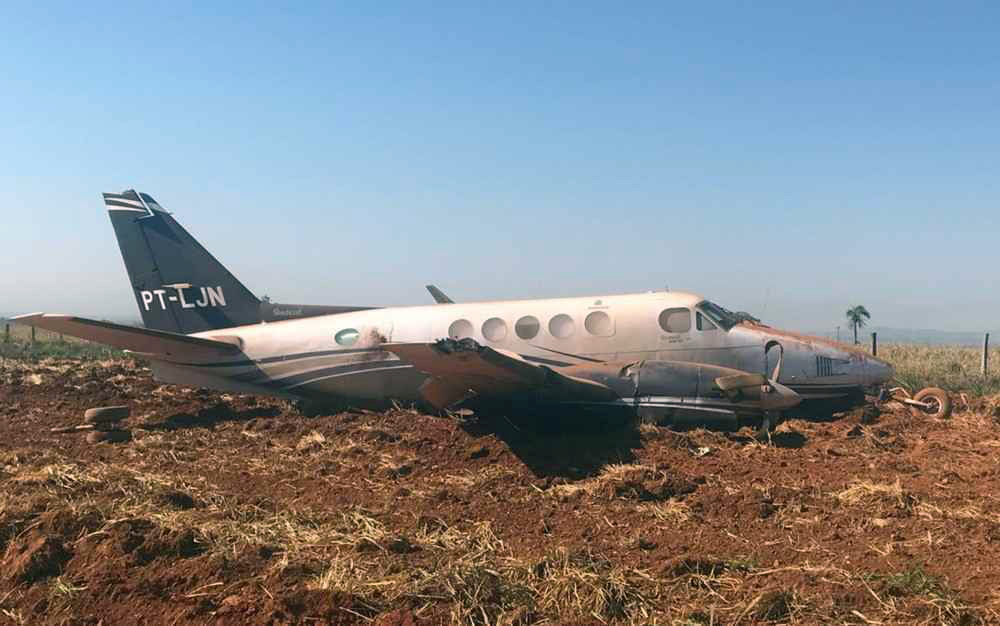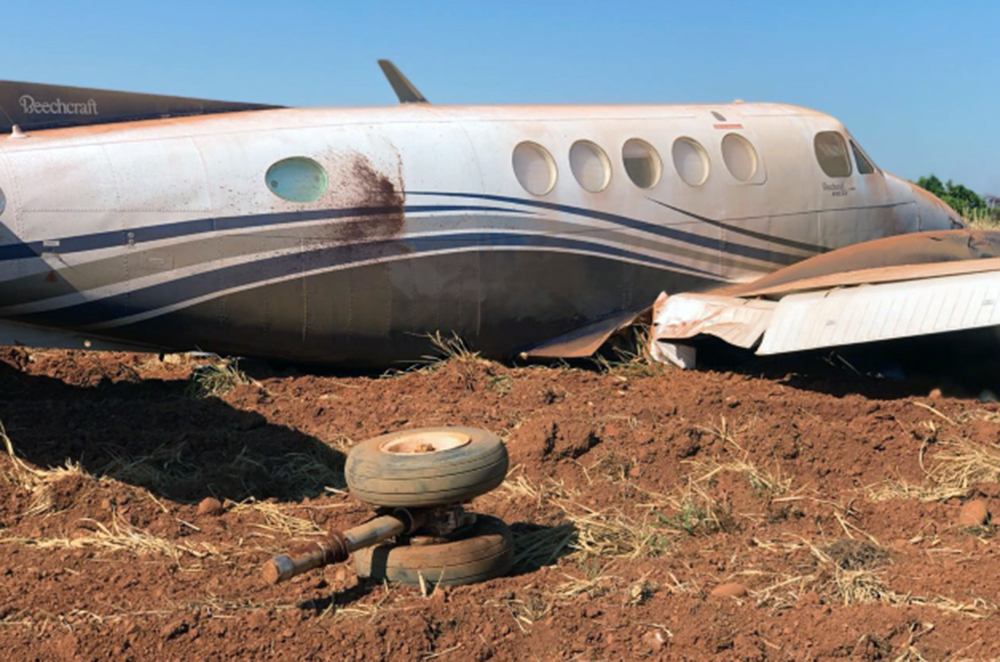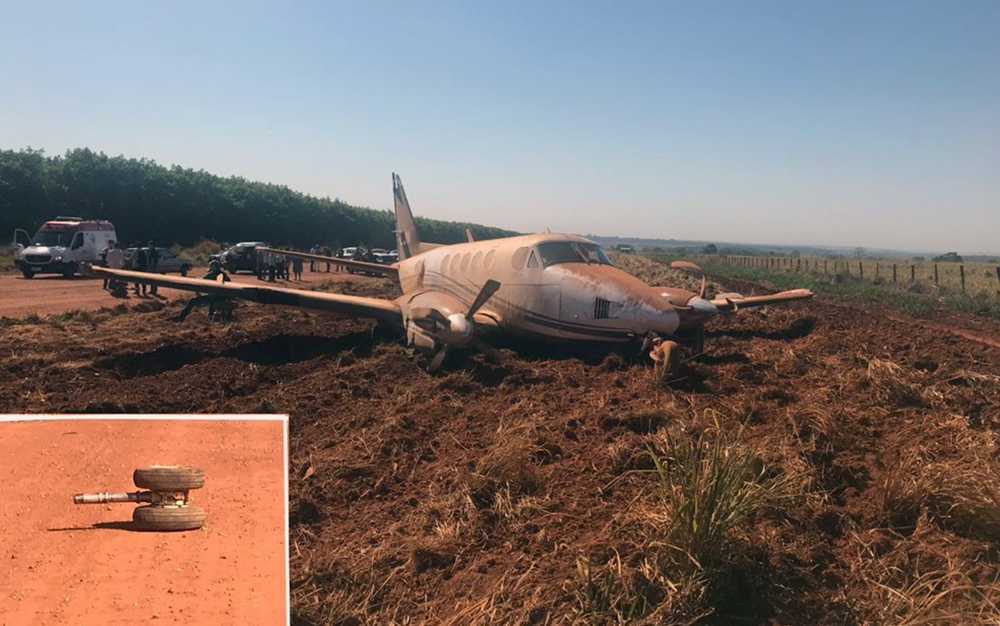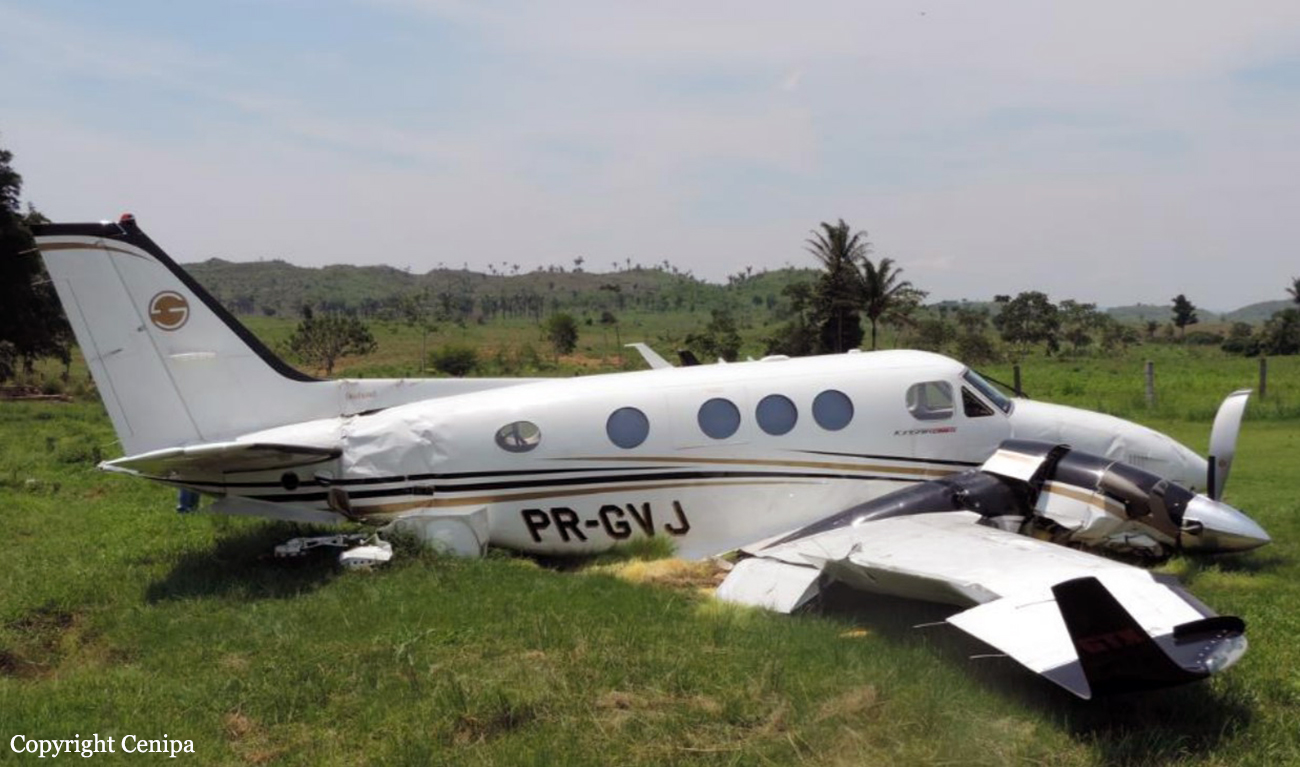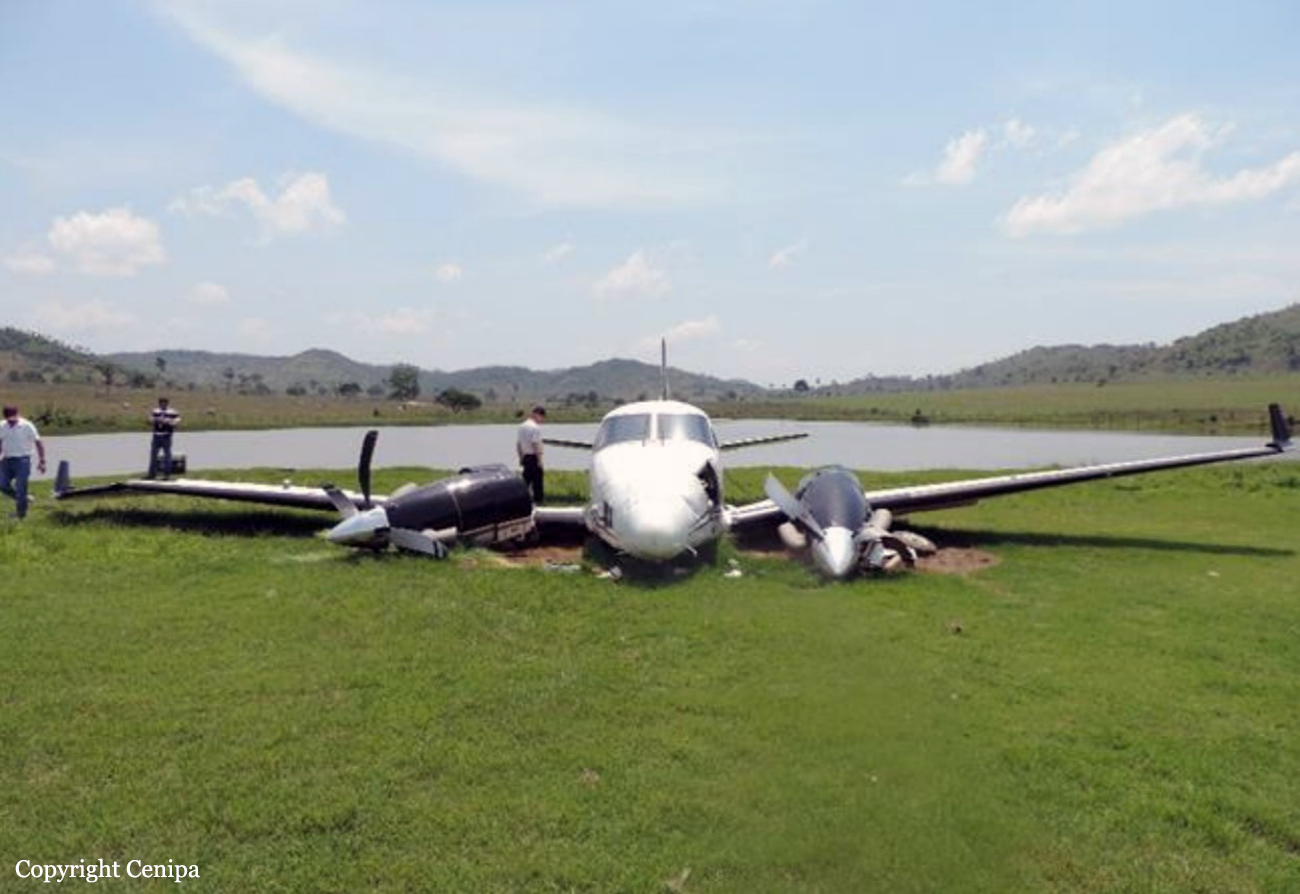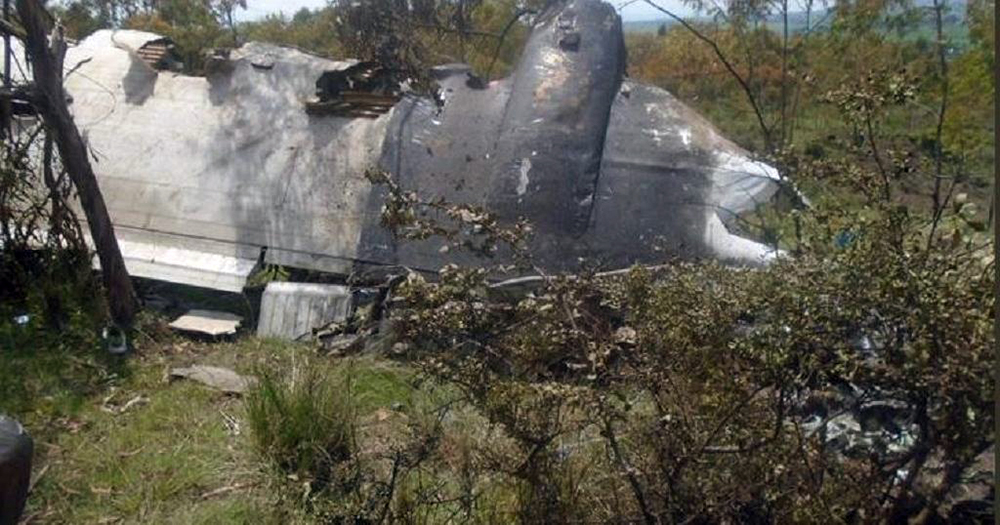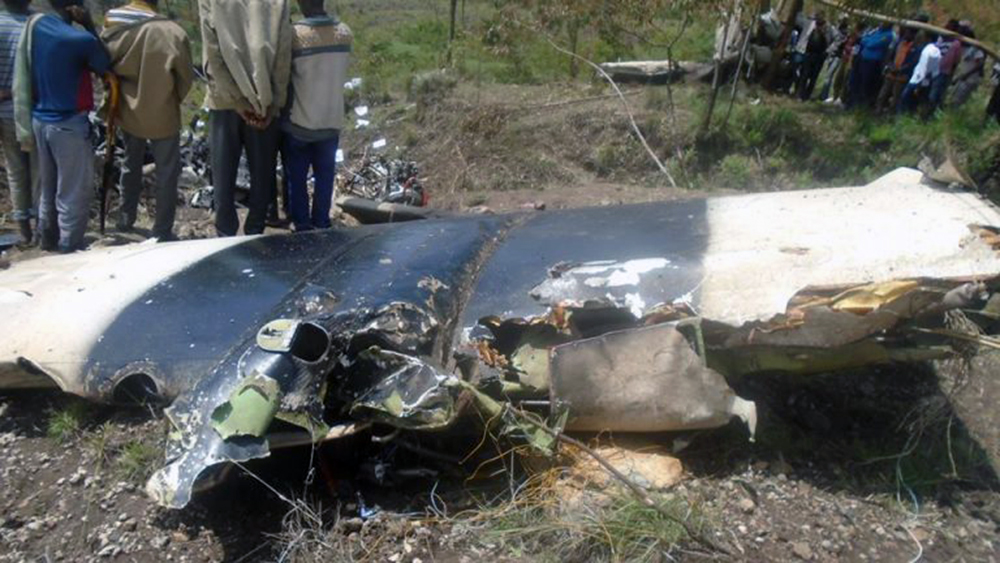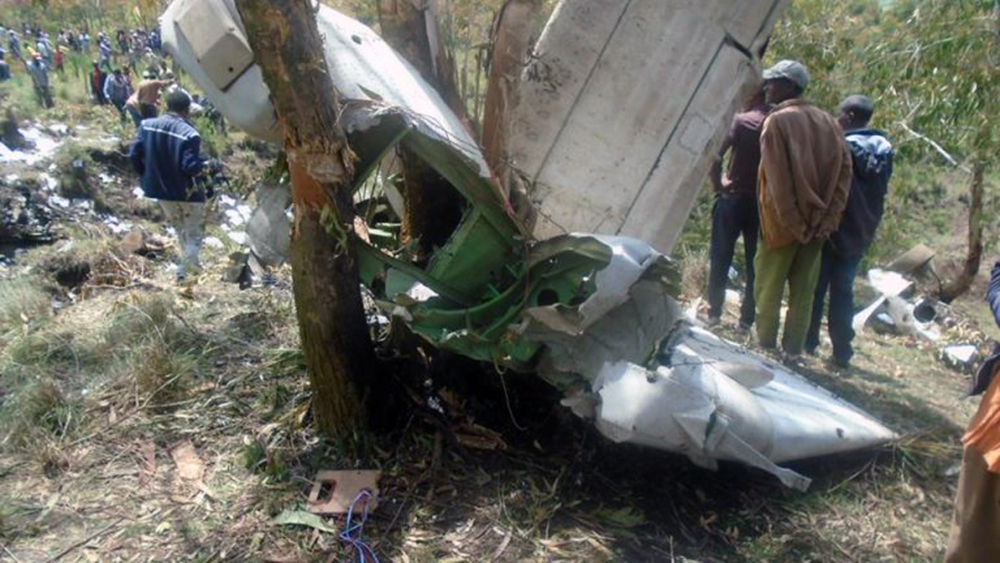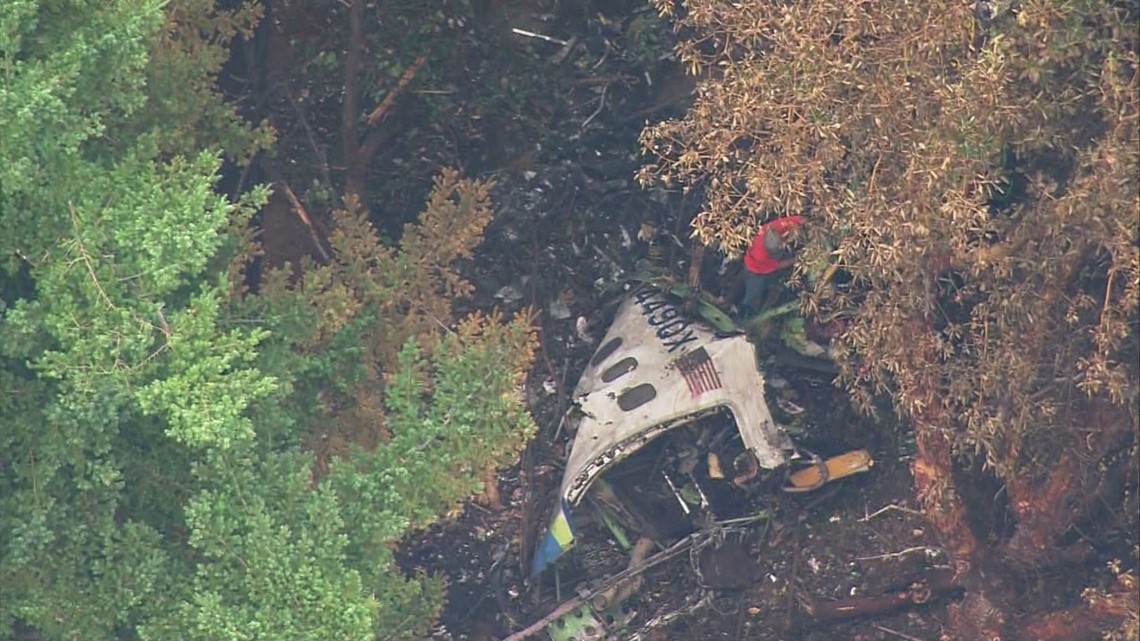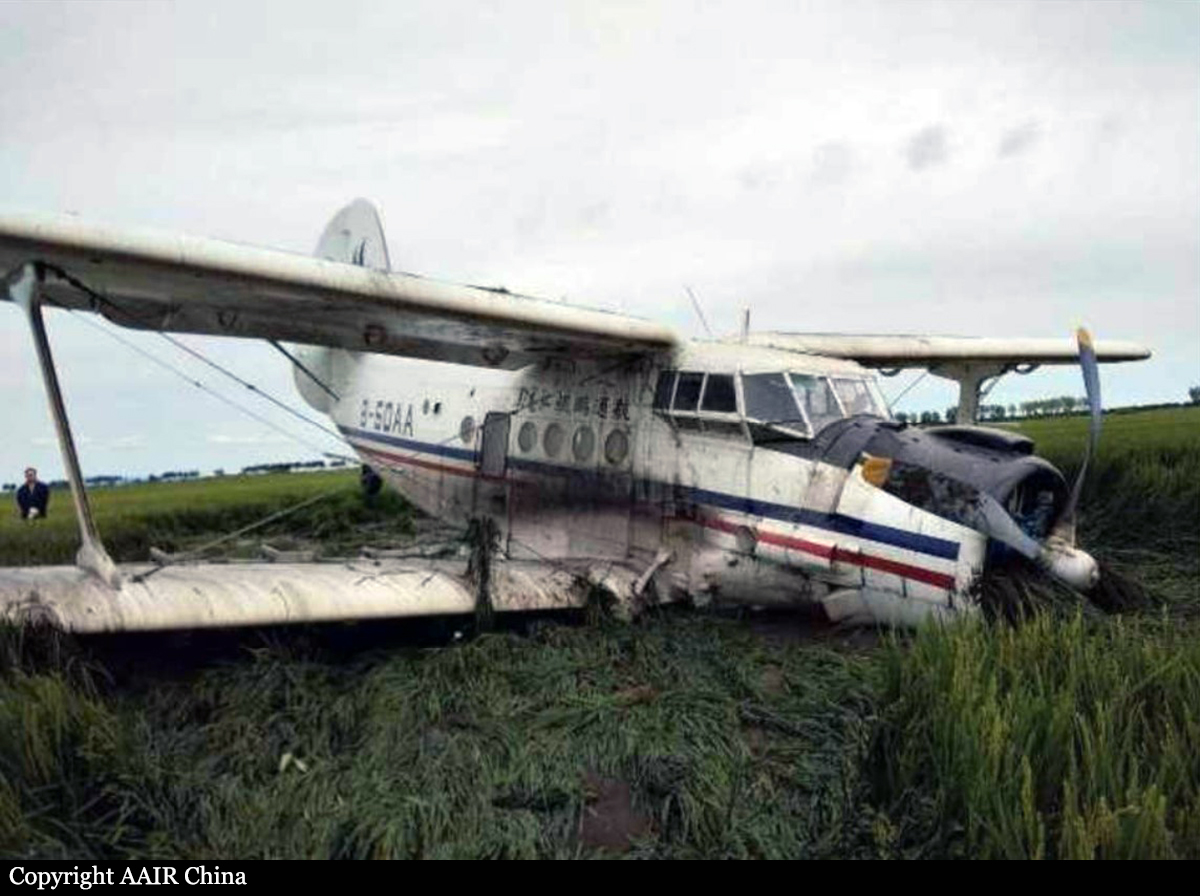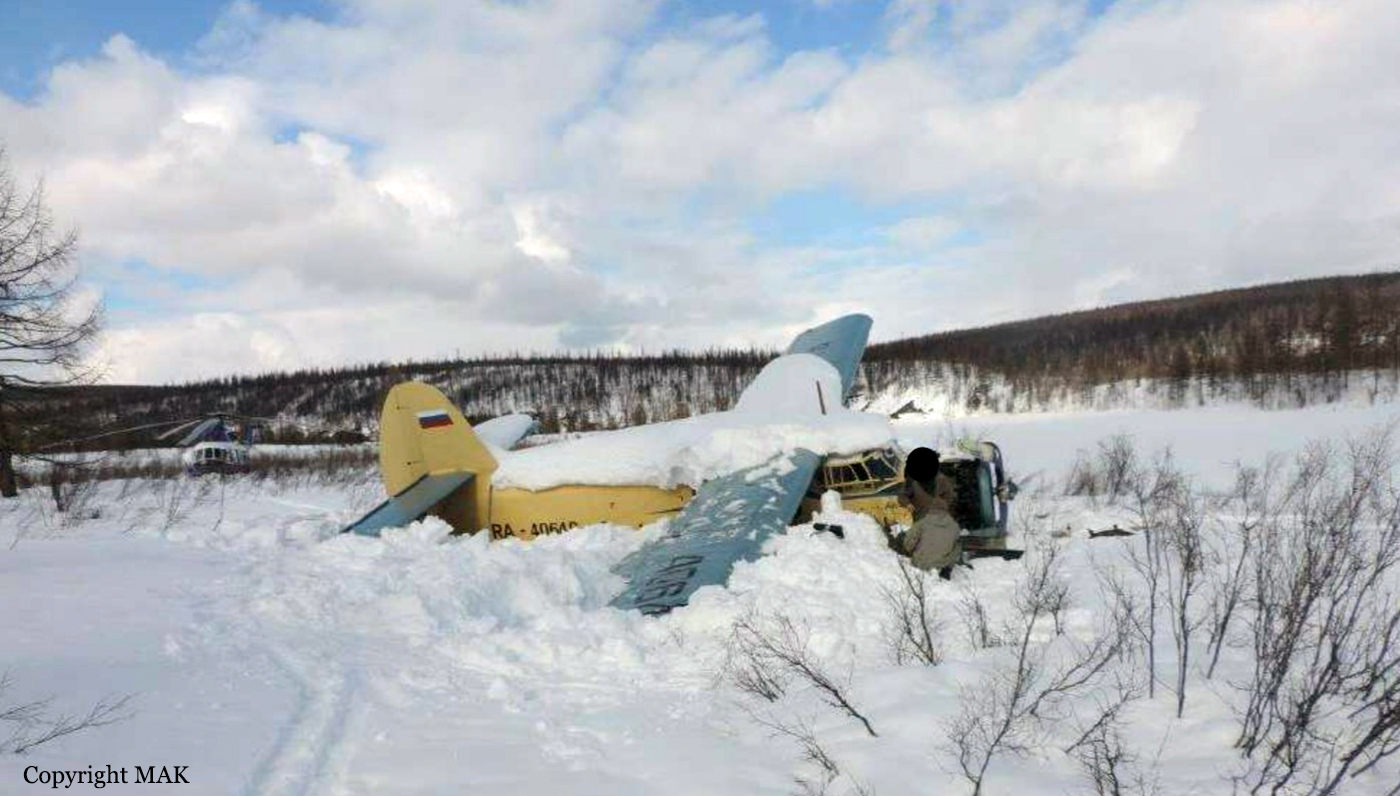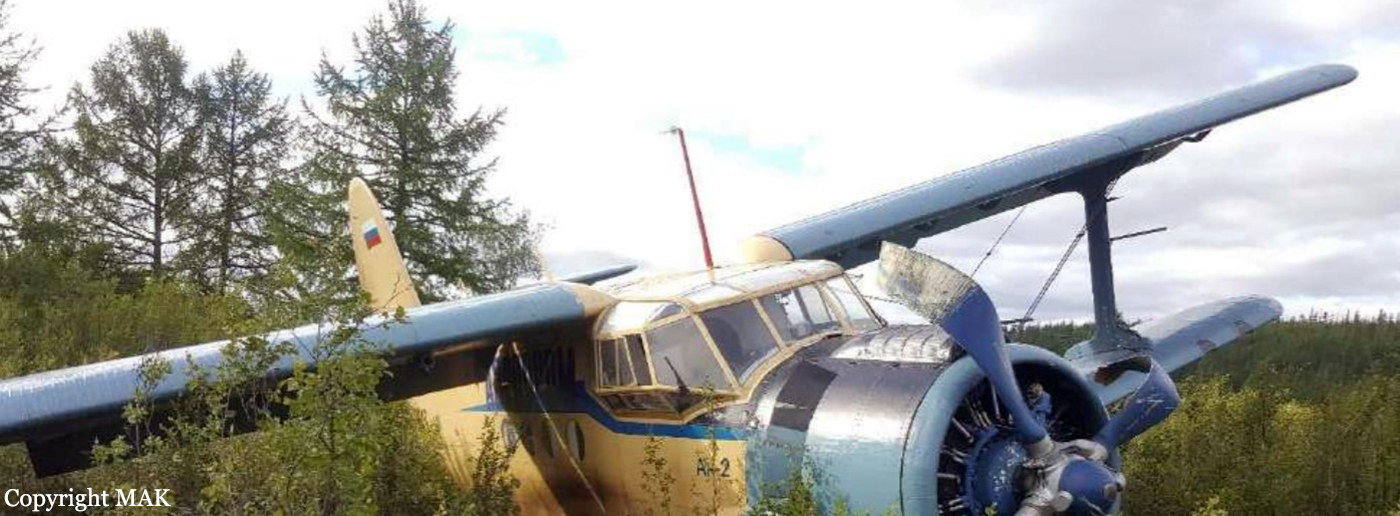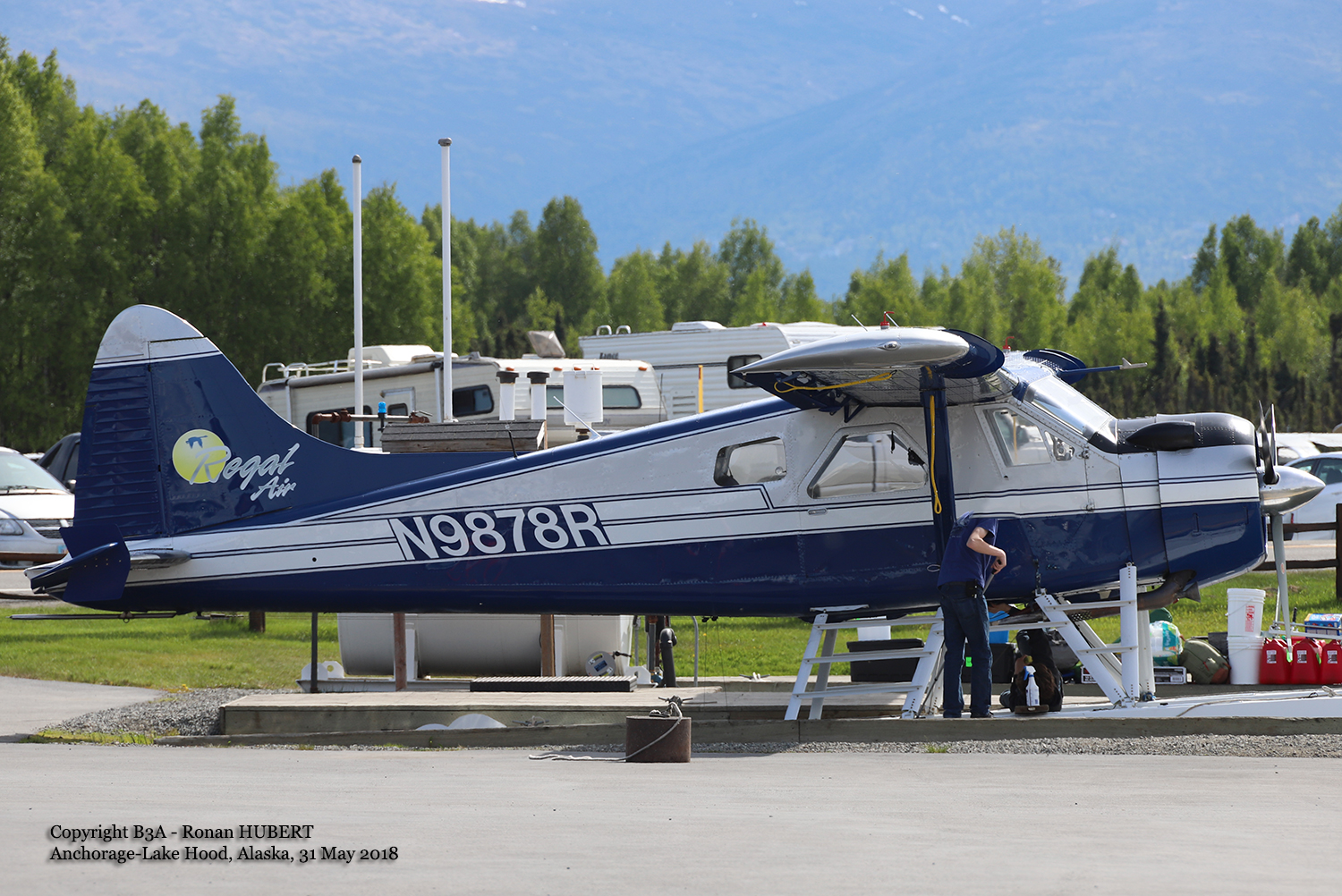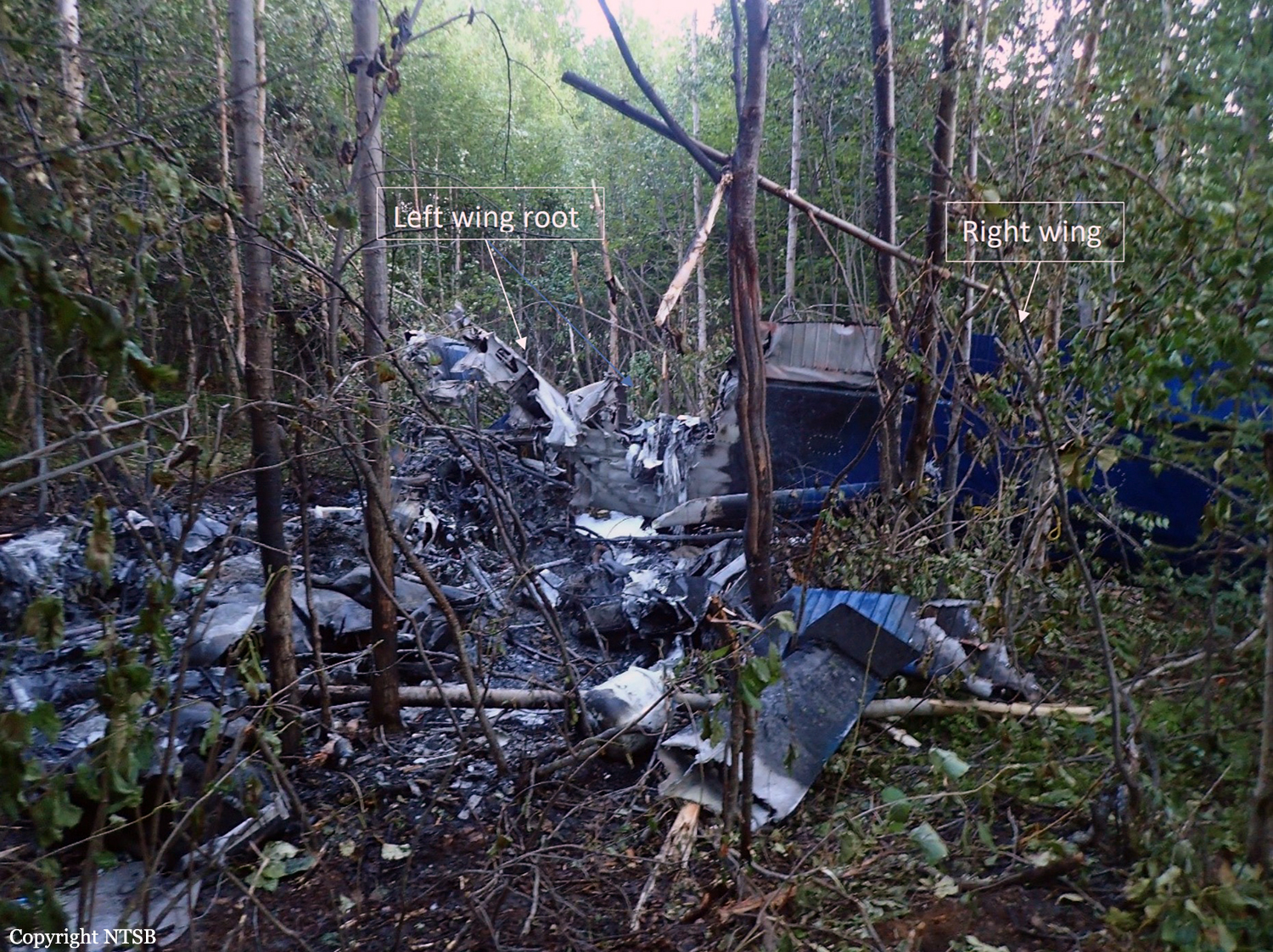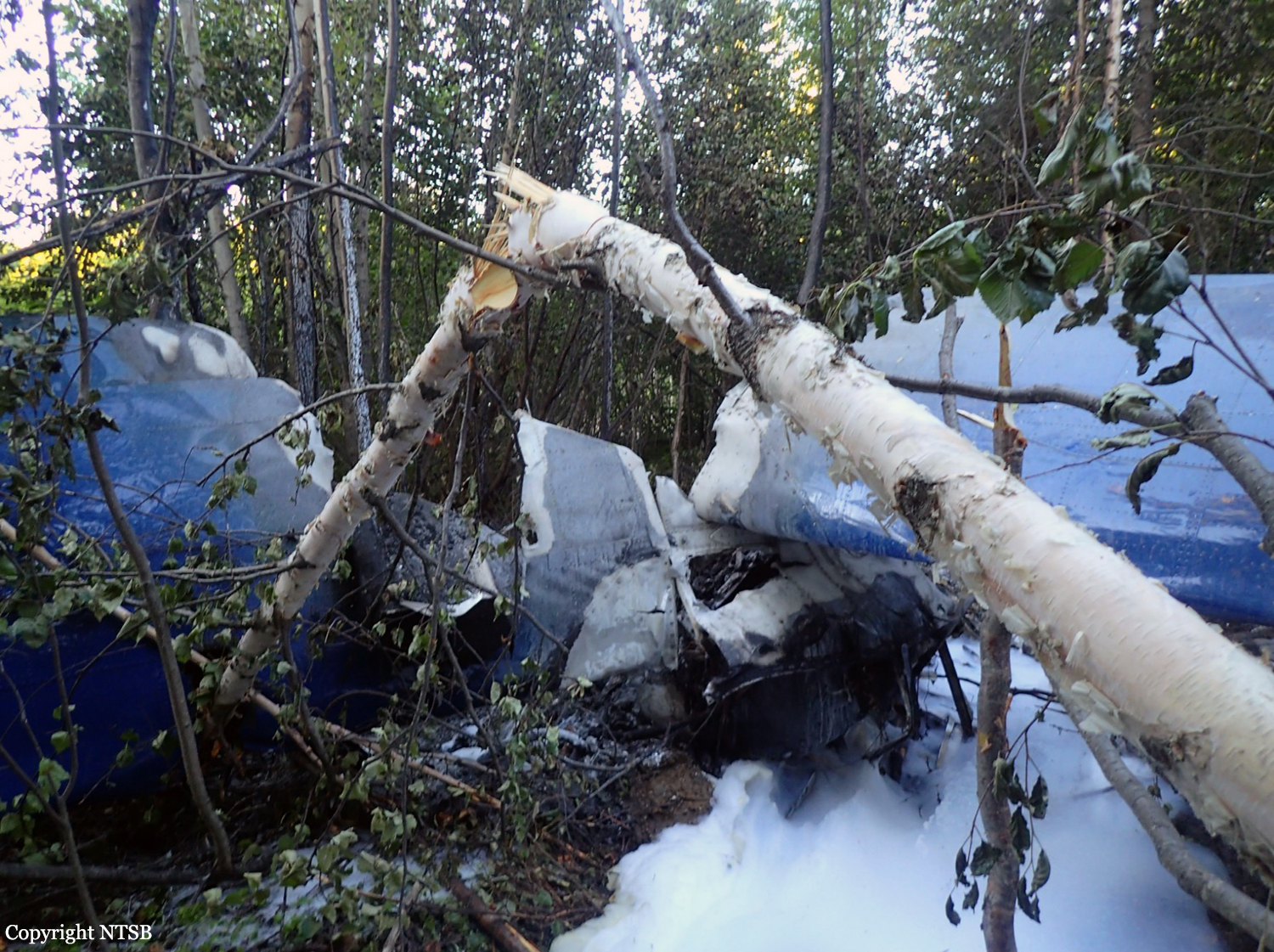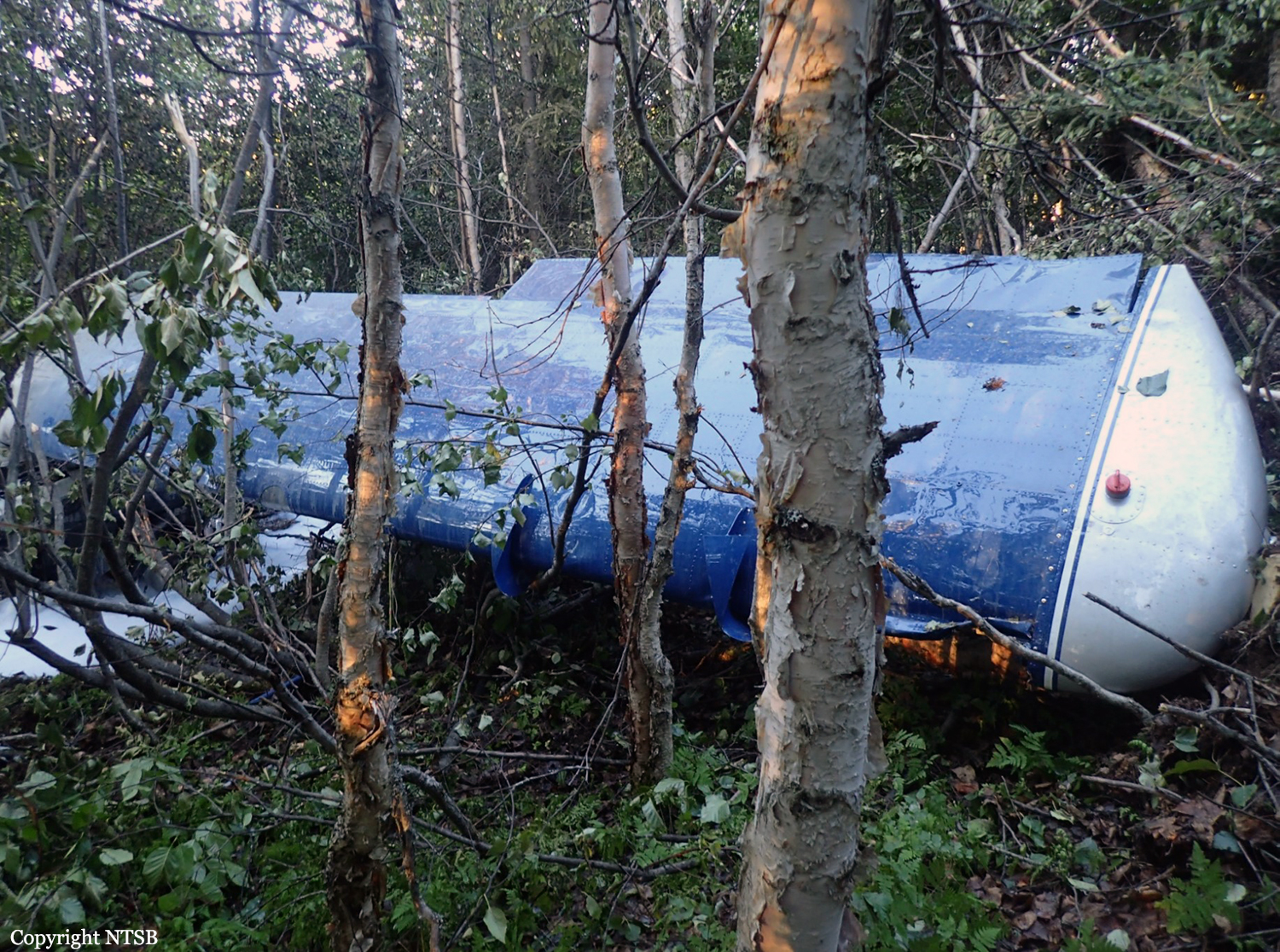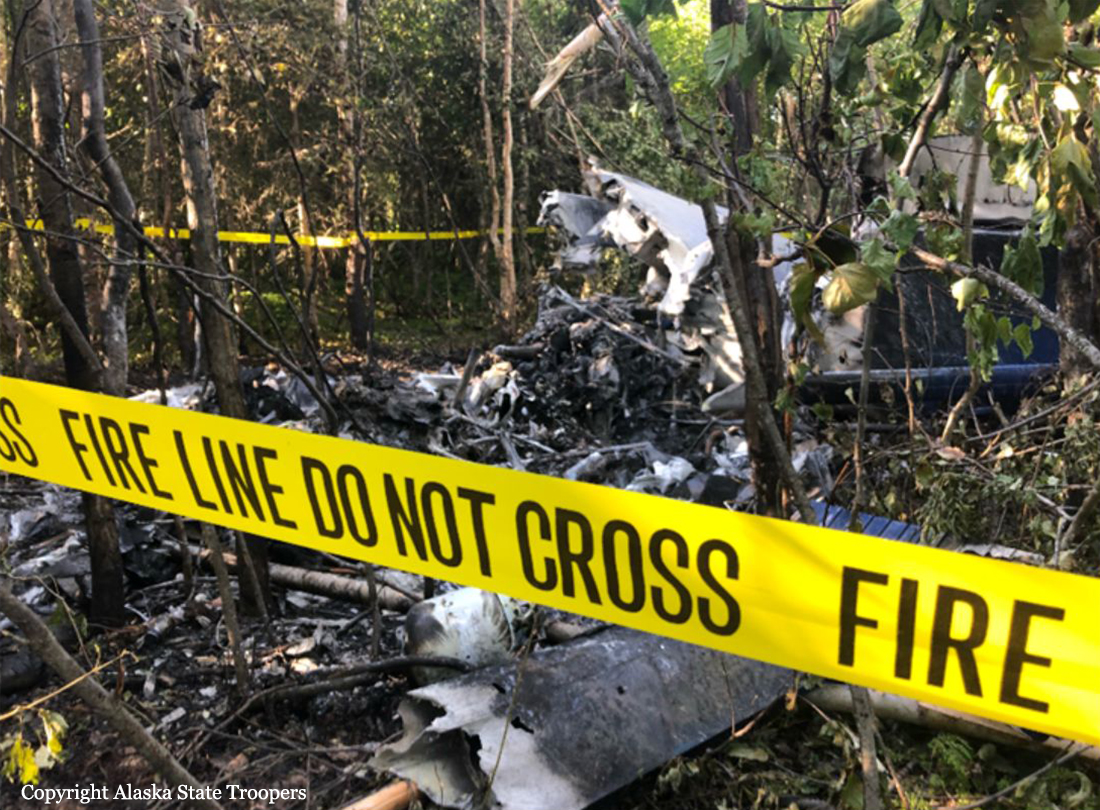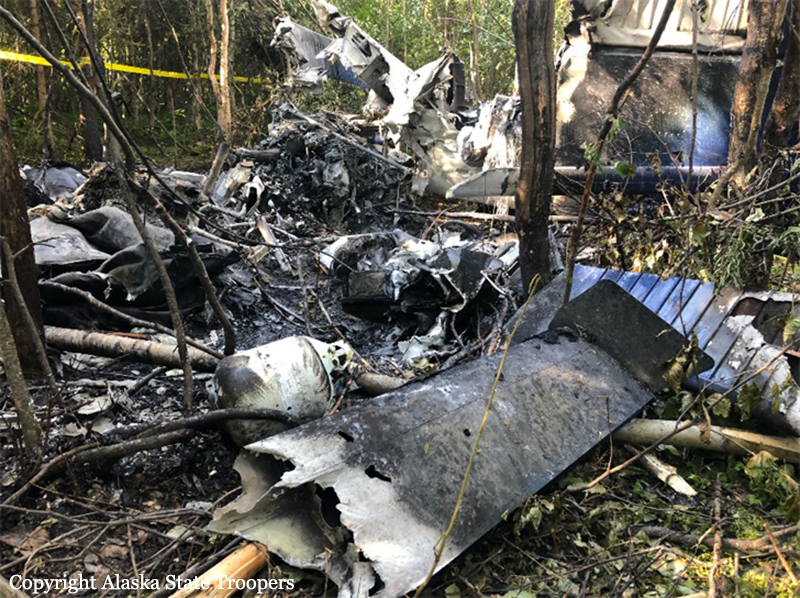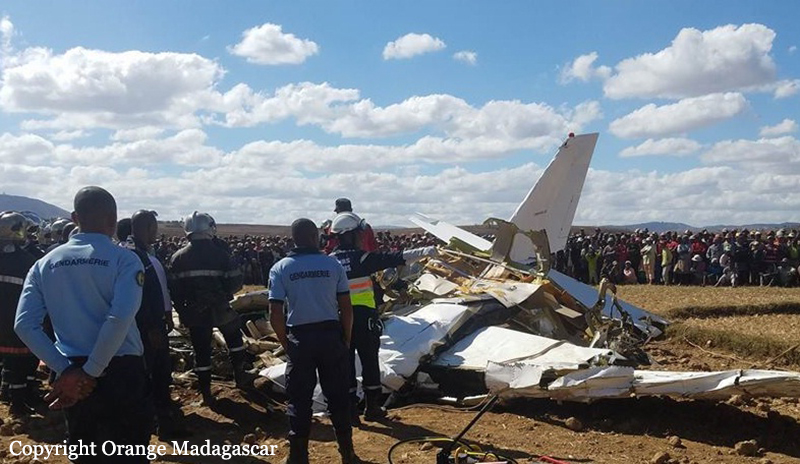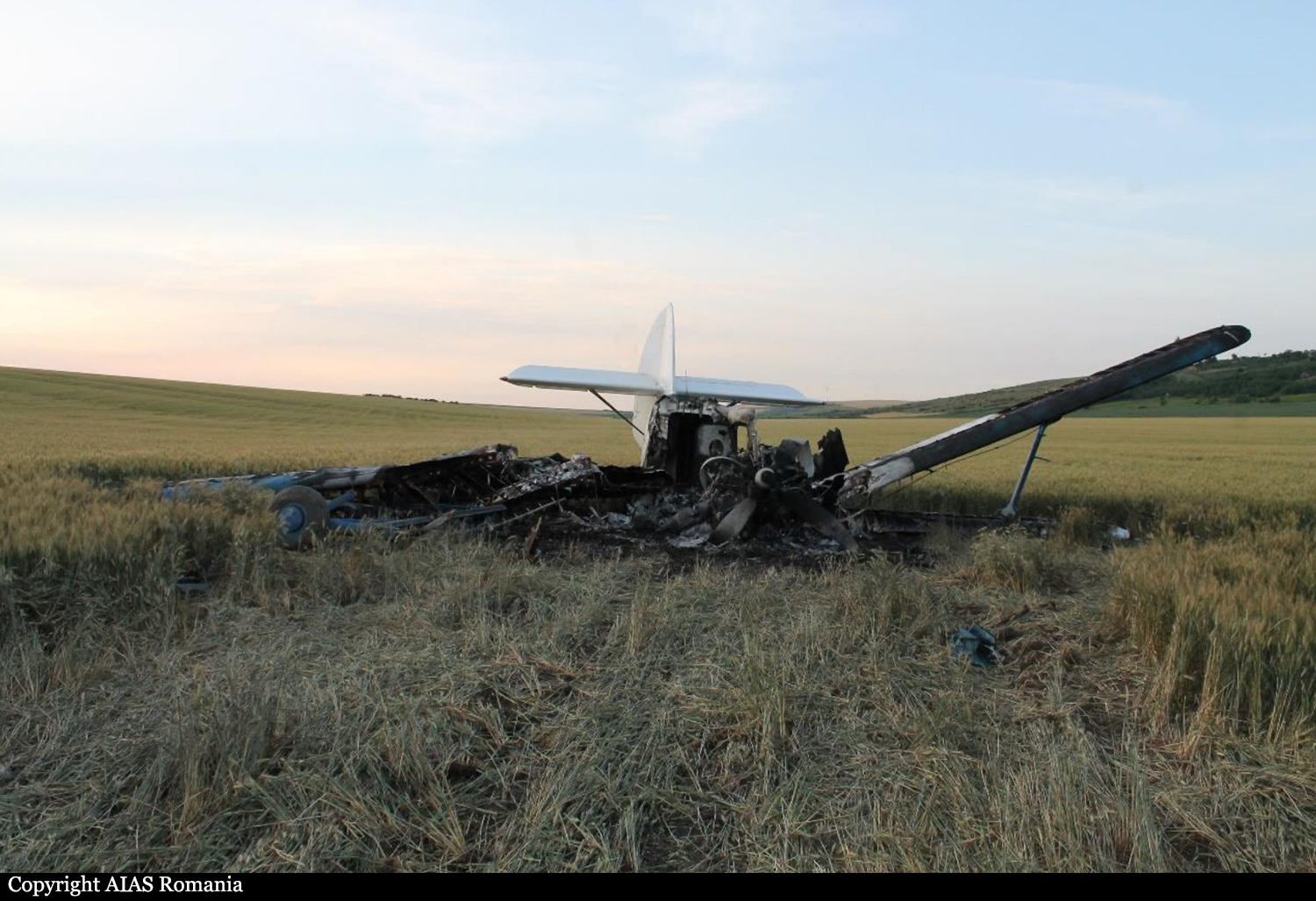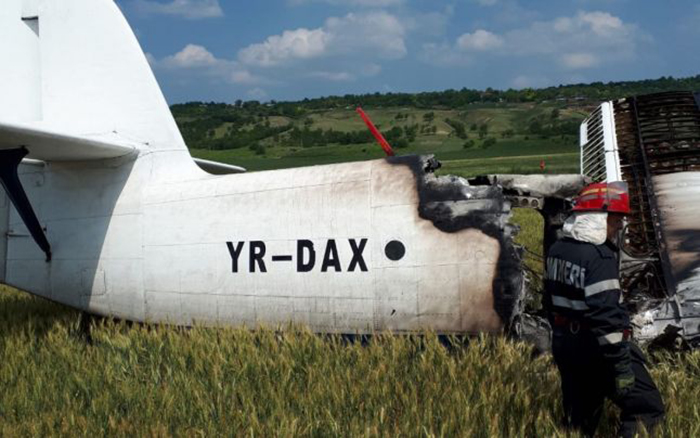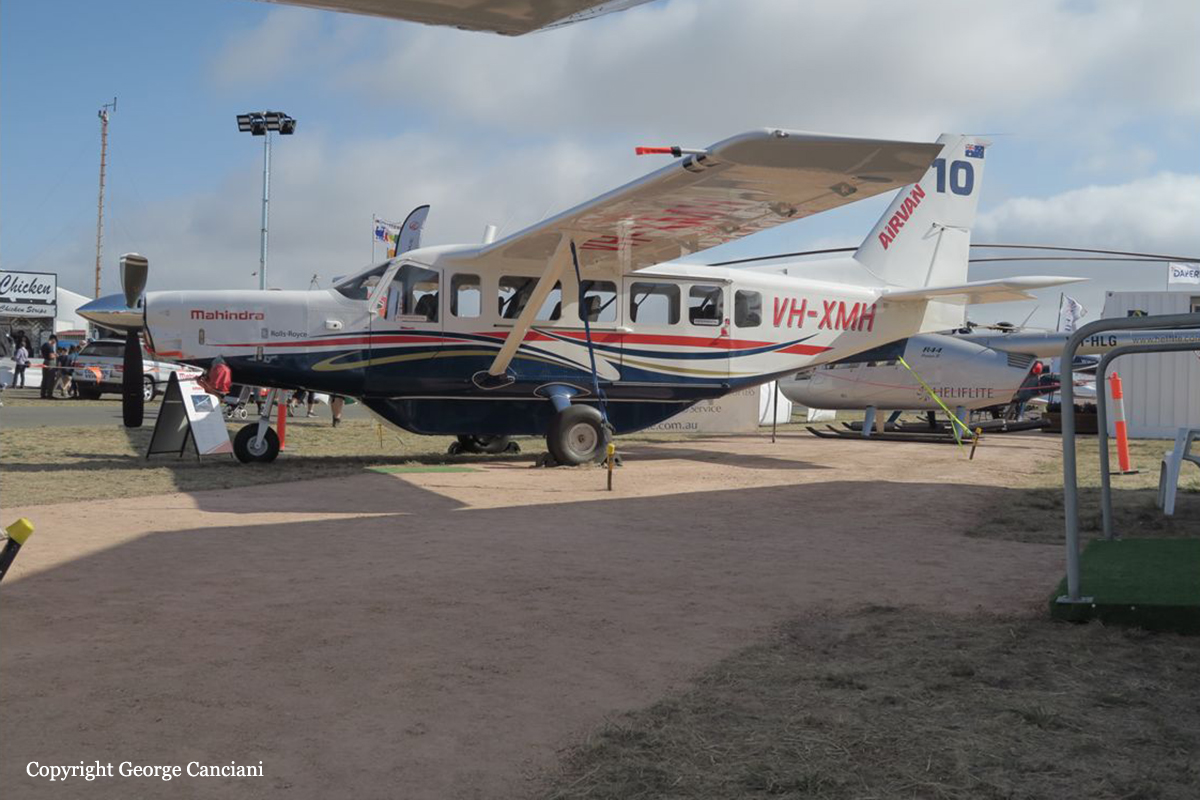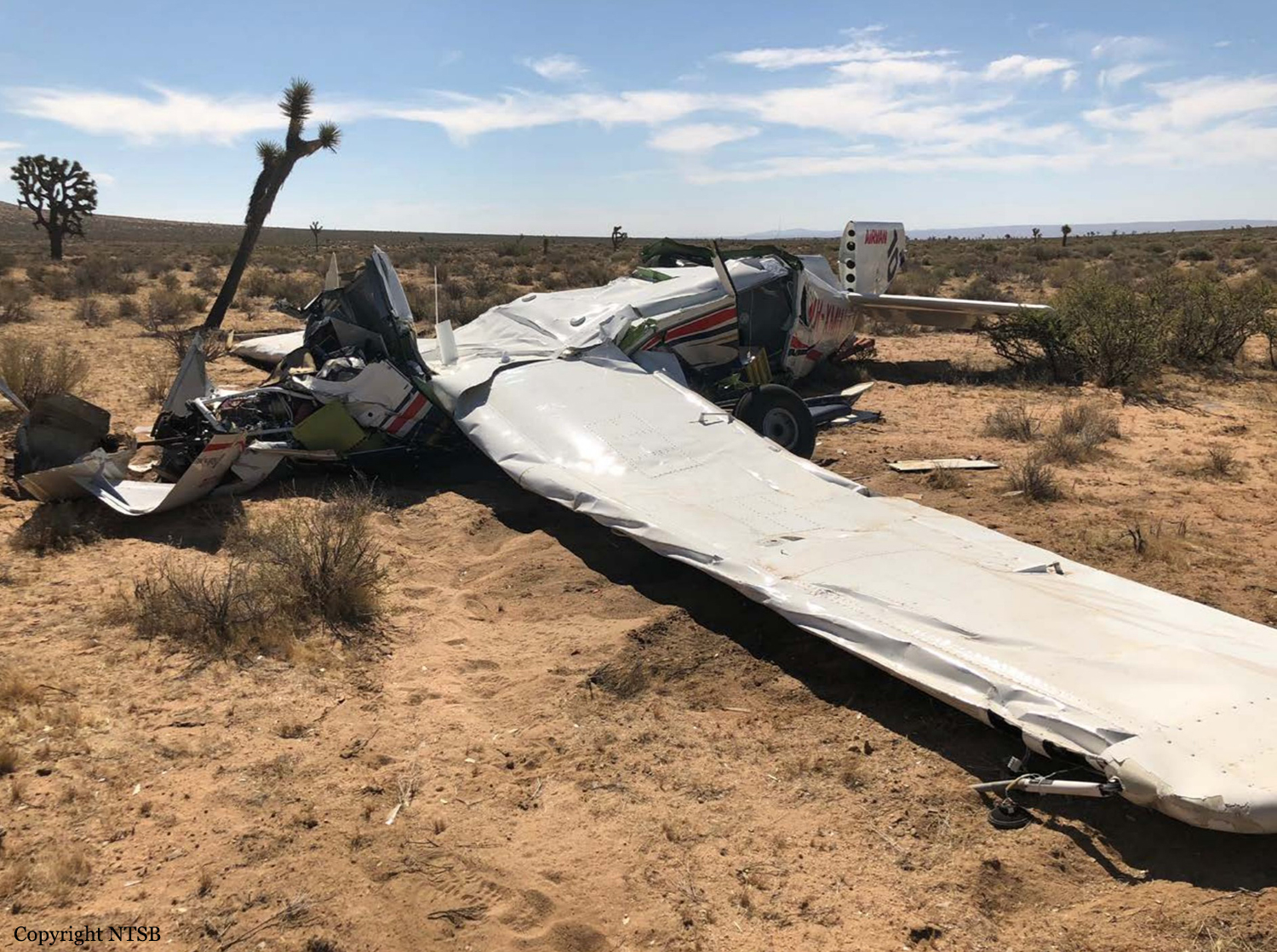Crash of a Beechcraft A100 King Air in Itapaci
Date & Time:
Sep 6, 2018 at 0830 LT
Registration:
PT-LJN
Survivors:
Yes
Schedule:
Goiânia – Ceres
MSN:
B-121
YOM:
1972
Crew on board:
1
Crew fatalities:
Pax on board:
9
Pax fatalities:
Other fatalities:
Total fatalities:
0
Circumstances:
The twin engine airplane departed Goiânia-Santa Genoveva Airport at 0810LT on a charter flight to Ceres, carrying nine passengers and one pilot. En route, it was decided to change the itinerary and to land in Itapaci where there was no suitable terrain for landing. On final approach, the aircraft impacted ground, lost its undercarriage and veered to the right. It collided with a fence and made a 180 turn before coming to rest. All 10 occupants evacuated safely and the aircraft was damaged beyond repair. On board was the candidate for governor of the state of Goiás and his campaign team.
Probable cause:
The pilot intentionally changed his routing for Itapaci where the landing zone was not approved for flight operations. During the landing, the plane struck the ground before the planned zone and crashed. The pilot violated the rules established by the authority.
Final Report:
